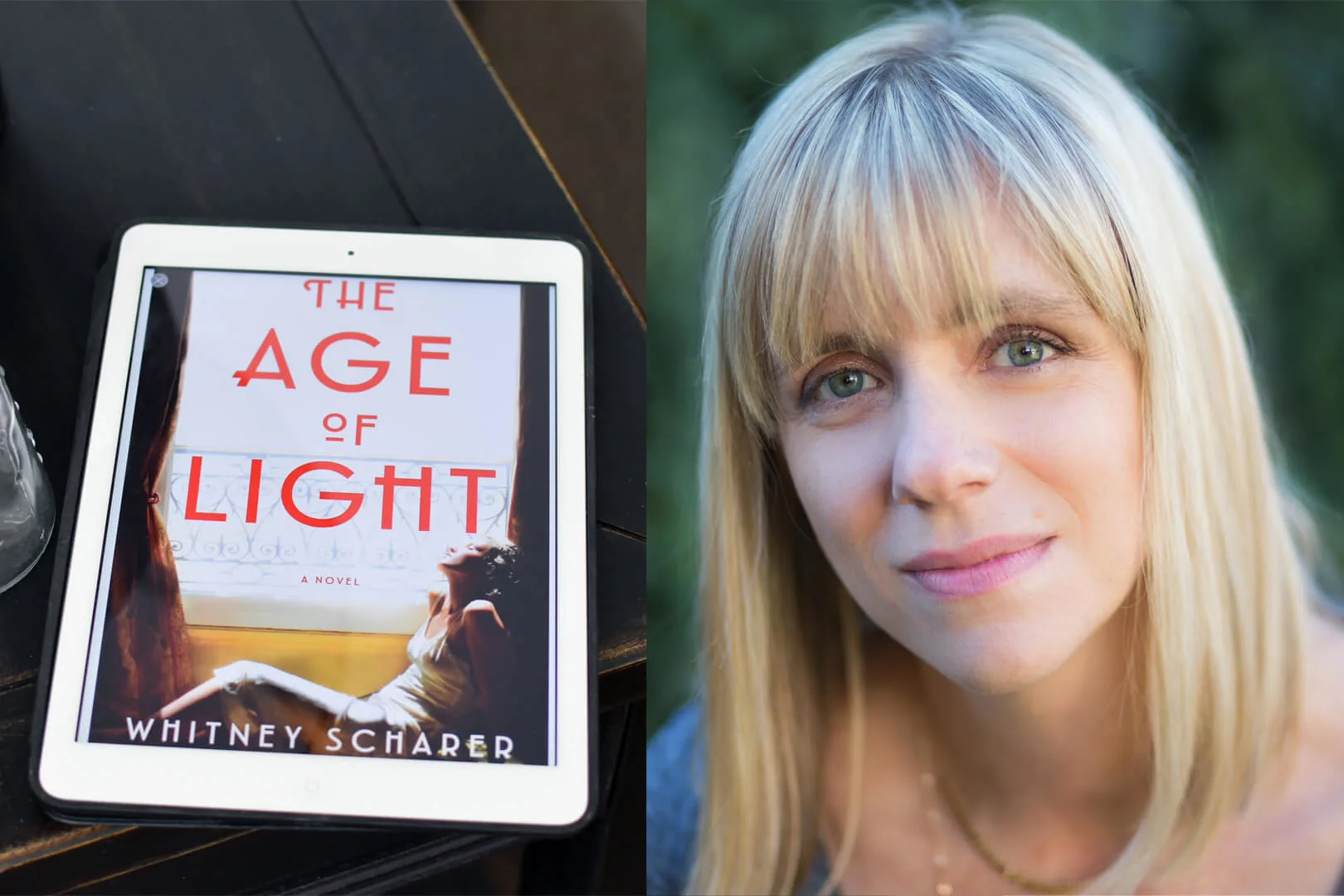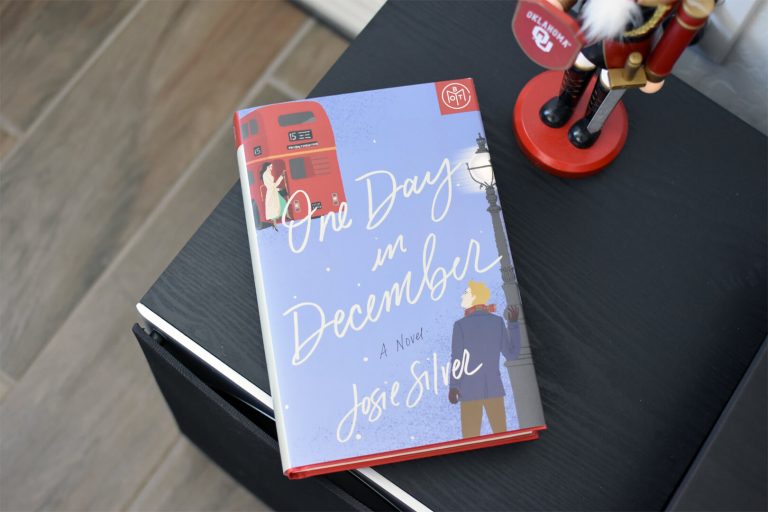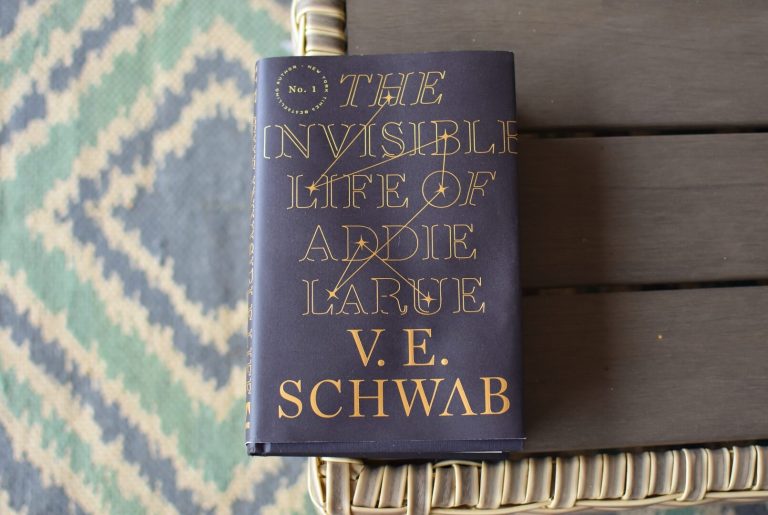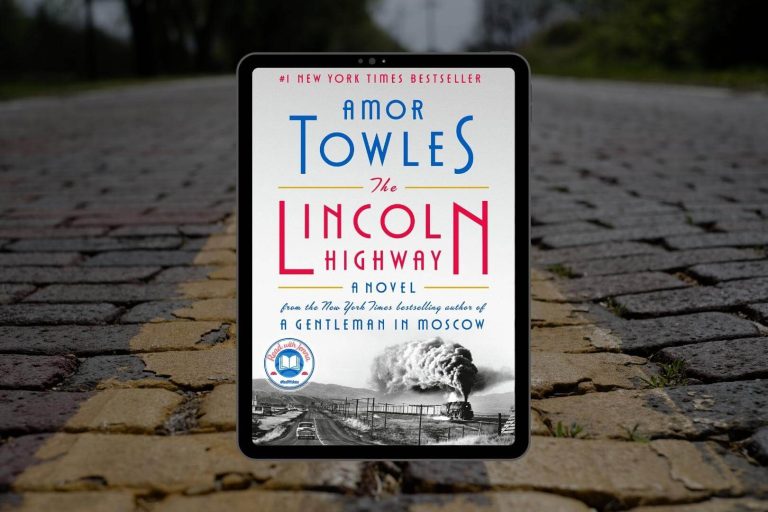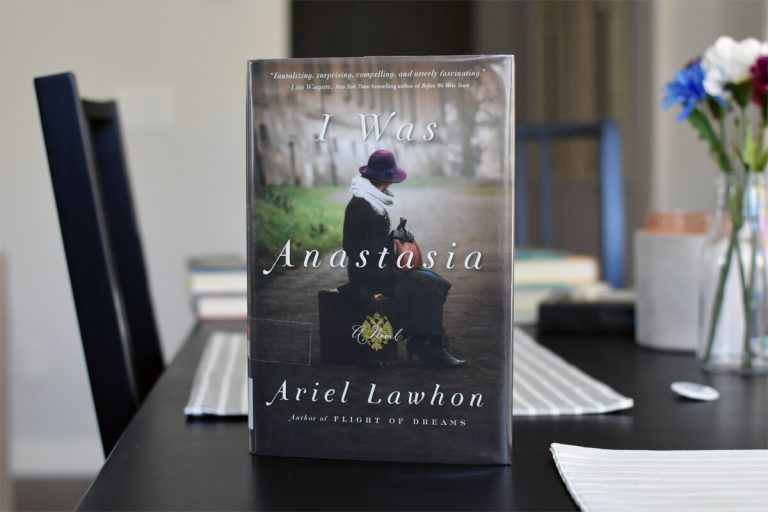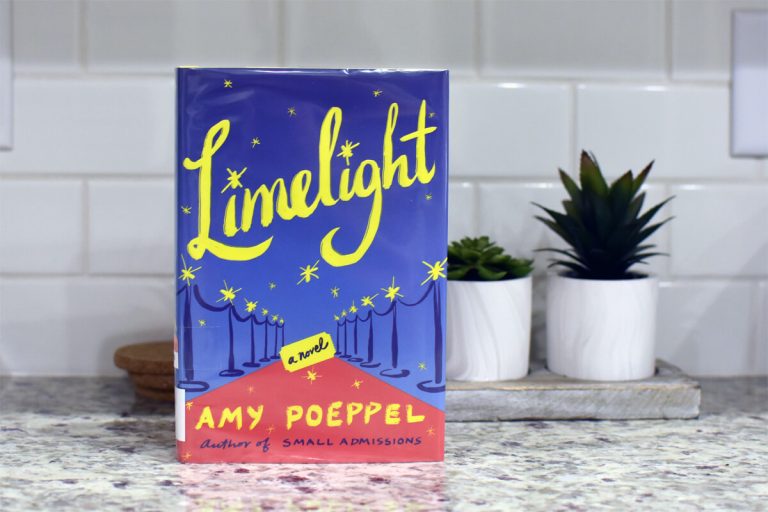This post contains links to products that I may receive compensation from at no additional cost to you. View my Affiliate Disclosure page here.
Whitney Scharer is the author of The Age of Light, which will publish on Feb. 5, 2019. Her novel is one of the most anticipated debuts of 2019.
Whitney earned her MFA in Creative Writing from the University of Washington, and her short fiction has appeared in the Bellevue Literary Review, Cimarron Review, and other journals. She’s received an Emerging Artist Award in Literature from the St. Botolph Club Foundation, a Somerville Arts Council Artists grant, and been awarded a residency at the Virginia Center for the Creative Arts.
The Age of Light is an exquisite historical fiction novel about the real-life Vogue model turned renowned photographer Lee Miller. I absolutely loved this novel! For more about the synopsis, check out my preview. Review and book club questions will be up soon.
Get to know Whitney with the below Q&A where she discusses writing inspirations, research process, key takeaways and much more.
Q: What are some of your favorite novels?
I hope you aren’t counting on me to be succinct! I love so many novels, but if I had to pare down my list, I’d name Crossing To Safety by Wallace Stegner (I’ve probably read it a dozen times), Department of Speculation by Jenny Offill (if you haven’t read this book, do it now! It’s a slim, beautiful volume that can be read in an afternoon and is life-changingly good), Conversations with Friends by Sally Rooney, The Flamethrowers by Rachel Kushner, Euphoria by Lily King, Pachinko by Min Jin Lee, and The Mothers by Brit Bennett. I’m drawn to literary historical fiction with really well-drawn characters, and love big old-fashioned stories. I guess I also like sparse, contemporary novels, though, since two of the ones I list here would fall into that category!
Q: When did you know you wanted to become a writer?
I’ve always known I wanted to be a writer. I forced family friends into enduring my poetry readings when I was as young as eight or nine, and I was filling spiral-bound Mead notebooks with my “novels” by the time I was in sixth grade. Happily, these early efforts are lost to time.
Q: What inspired you to write The Age of Light? How much did you know about Lee Miller prior to writing your novel?
I was inspired to write about Lee Miller after visiting an exhibit at the Peabody Essex Museum in Salem called Lee Miller + Man Ray: Partners in Surrealism. Though I had studied photography for many years, I had never heard of Lee before seeing the exhibit. I was instantly captivated by her and so impressed by her talent. I was also annoyed—at myself for not knowing who she was, and at the world for not making her as big a name as Man Ray. Their relationship, which was tumultuous, was fascinating. I loved thinking of the power Lee had over Man, how that must have felt.
Q: Can you talk about your research process for The Age of Light?
Sure. When I first began thinking about writing the book, I spent two years doing research before I wrote a word. Partially, I was trying to figure out if I could really do justice to Lee’s story, and I was also gathering inspiration for the book. I read about Lee and Man’s art, Paris in the 1920s and ‘30s, Surrealism, fashion, food—all of which happen to be topics I’m really interested in. After I began writing, I would do a deep dive based on whatever scene or chapter I was writing. And often, those scenes were inspired by images: photographs of Lee taken by Man, a particularly beautiful Jean Patou gown, or images of Paris in the 1920s.
Q: The story features interweaving timelines of Lee’s life in Paris and that of her as a WWII correspondent, plus a prologue and epilogue. I thought the interweaving timelines work so well for this novel! I’m curious why you decided that it should be told in that style as opposed to chronological? Did you write both storylines separately and then combine them together or did you write both storylines at the same time?
When I began to get to know Lee, I realized that she endured a series of traumas in her life: childhood trauma, the trauma of her relationship with Man, and the trauma of the war, just to name a few. Often, traumatic memories return to victims at inopportune moments and without their volition. I wrote the WWII scenes that way, thinking of them as little splinters or shrapnel that kept cutting through the surface of the main narrative. As for the prologue, it felt narratively important to me to begin the novel when Lee was older before going back to the beginning of the story. I think when a main character is as beautiful and privileged as Lee was when she was young, it’s a challenge for a reader to empathize with her. But knowing where she ended up alters a reader’s perception of her younger years.
Q: One of the great aspects of historical fiction is learning something new. How did you find the right balance between fact and fiction when it came to this story?
I love historical fiction, but I think authors run the risk of doing too much research or including too many details in a historical novel. Just because you do the research doesn’t mean it has to go into the book (and I say this having excised many, many details about the photographic process, the beaded detailing on a Chanel gown, or the way absinthe is served…) The most important thing about a novel—whether it’s contemporary or historical— is bringing a character to life and making the reader turn the pages. And the point of writing fiction is having freedom: to make things up, to dramatize moments where you couldn’t possibly know what someone said. That’s what makes it fun.
Q: What do you hope are some of the key takeaways of the novel?
I’d love it if people came away from my book thinking that Lee Miller is an incredible, inspirational woman and an extremely talented artist. I’ve already heard from some readers that they’ve gone down the rabbit hole of internet research after reading the book. I hope that continues, and that my book can play a small role in making Lee Miller more of a known figure.
Q: What books are you currently reading and what’s on your to be read (TBR) list?
One of the greatest joys of being a debut author is getting to meet other debut writers. I’m part of a terrific Facebook group called Debut ’19, and many of us have been swapping our galleys. Right now, I’m deep into Katrin Schumann’s The Forgotten Hours, which I’m devouring. It touches on timely issues like the #metoo movement, but more importantly, it’s just a completely engrossing story. I also read and loved Miracle Creek, by Angie Kim, and White Elephant by Julie Langsdorf. These are writers to watch! You can pre-order their books now and they come out early next year.
Click here to pre-order The Age of Light on Amazon!
